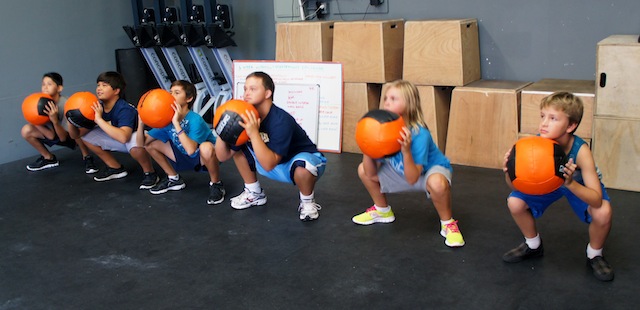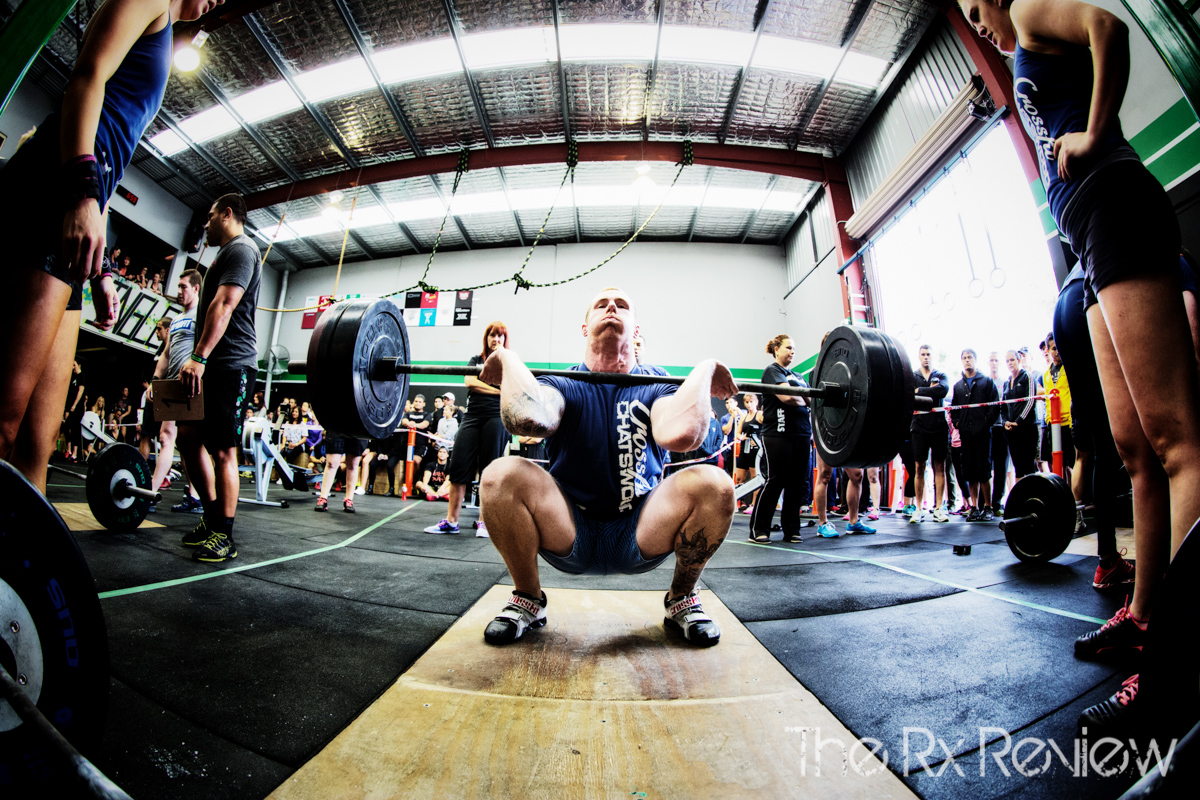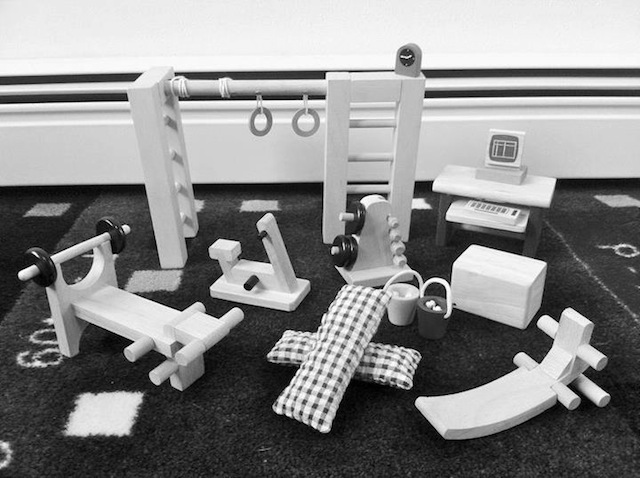
Fitness is a multifaceted pursuit that demands attention to various aspects of health. While we often focus on muscle growth, endurance, or weight loss, a crucial element that can’t be sidelined is back health. Regardless of whether you’re a gym regular, a long-distance runner, or a weekend hiker, your back is involved in nearly every physical activity. Back injuries can be debilitating and are often the result of cumulative stress over time rather than a single catastrophic event. This comprehensive guide is designed to provide you with the knowledge and strategies necessary to maintain a strong and healthy back, so you can keep moving and pushing your limits, safely.
Understanding Back Health
Before we can effectively prevent back issues, it’s critical to understand the structure of the back and why it is prone to injury. The back is a complex system of bones, muscles, ligaments, and tendons that work in concert to support the body, protect the spinal cord, and allow for an incredible range of motion. However, this complexity means that there are many potential points of failure, especially as we impose stress on the back through improper lifting, poor posture, or overtraining without proper secondary muscle support.
In some cases, back pain or injury may be caused by specific conditions such as scoliosis or spinal stenosis. However, for the majority of people, back issues are a result of poor habits and lack of attention to back health.
Common Back Injuries and Conditions
From the sharp twinge of an acute muscle strain to the lingering discomfort of chronic conditions like sciatica or degenerative disc disease, back pain has a myriad of sources. Some of the most prevalent conditions in athletes and fitness enthusiasts are:
- Muscle Strain: Typically, the result of overloading the muscles, this can occur during weightlifting, sprints, or sudden, uncontrolled movements.
- Herniated Disc: Often a result of wear and tear, these can also occur from incorrect lifting form or sudden trauma.
- Sciatica: This nerve pain can start in the lower back and radiate down the leg, causing significant discomfort and reduced mobility.
Identifying the source of your back pain is the first step towards effective treatment and prevention measures.
Proper Lifting Technique
Implementing a proper lifting technique is crucial in preventing back injuries, particularly for those involved in resistance training and activities requiring frequent lifting. The key lies in maintaining a neutral spine condition throughout the lift. Start by standing close to the object with your feet shoulder-width apart. Bend at the hips and knees, not the waist, to reach down. Ensure that you lift by straightening your legs, engaging your core, and keeping the object close to your body. This approach helps distribute the load more evenly and reduces the stress on any single point in the back, significantly lowering the risk of injury. Always remember to avoid twisting your torso while lifting, as this can add undue torsional stress to the spine.
The Benefits of Visiting a Chiropractor for Back Health
Visiting a chiropractor can offer a host of advantages for those seeking to maintain or restore back health. Chiropractic care focuses on the diagnosis, treatment, and prevention of mechanical disorders of the musculoskeletal system, especially the spine. Regular sessions can help to realign the spine, reduce pain, and increase mobility. A chiropractor can also provide tailored advice on posture, ergonomics, and exercises that support back strength and flexibility. For instance, when looking for back pain relief St. Louis, visiting a reputable chiropractor can provide long-lasting benefits and help to prevent future injuries by addressing the root cause of your discomfort. For individuals struggling with chronic back pain or those looking to enhance their overall physical wellness, chiropractic adjustments could be a valuable addition to their healthcare routine.
Stretching and Flexibility
Maintaining flexibility and incorporating stretching into your fitness routine are vital components of back health. Regular stretching can help to alleviate muscle tightness and improve your range of motion, both of which contribute to a lower risk of back injury. Dynamic stretches prep your body for movement and are best performed before a workout, while static stretches are more beneficial post-exercise, helping to cool down the body and increase muscle length. Important stretches for back health include the cat-cow stretch for spinal flexibility, the child’s pose for lower back relaxation, and hamstring stretches to alleviate back tension. Consistency in your stretching routine is key to reaping long-term benefits and keeping your back strong and flexible.
Core Strengthening
Developing a strong core is pivotal for back health, as these muscles provide essential support to the lower spine. Engaging in exercises that focus on the abdominal and lower back muscles can significantly enhance stability and reduce the strain on the back during daily activities or intense physical efforts. Planks, bridges, and abdominal crunches are effective exercises that target core strength. Additionally, incorporating Pilates or yoga into your routine can also improve core strength and flexibility, further supporting back health. Remember, a balanced approach that equally emphasizes all core muscles, including the obliques and lower back, is crucial for preventing injuries and maintaining overall spinal health.

















Follow Us